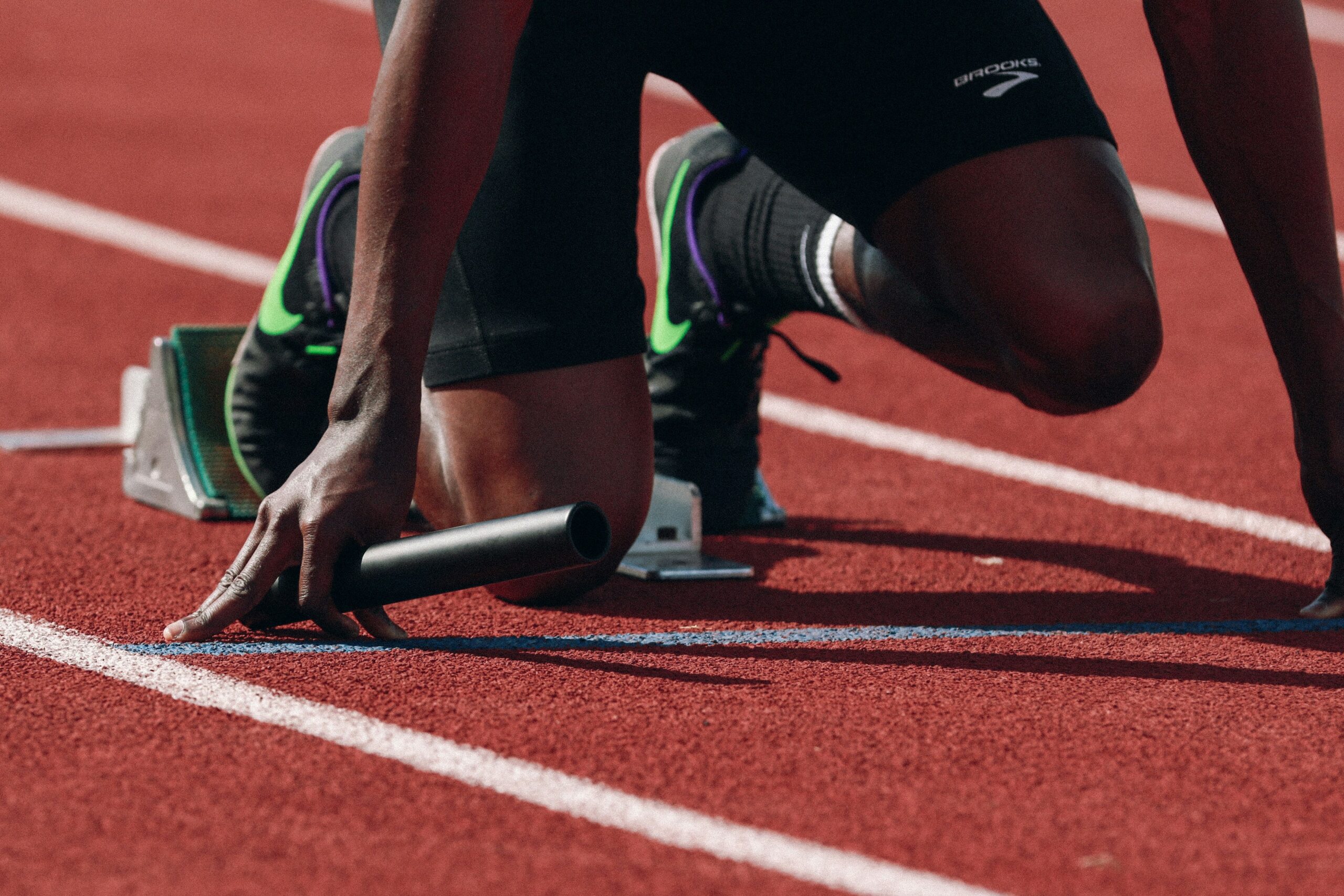Intro to Peak Performance
Paintball isn’t just about precision and strategy; it’s a high-octane sport demanding peak physical condition, particularly speed, agility, and endurance.
These three pillars elevate a good player to a great one, providing the competitive edge needed to outmaneuver opponents and endure the game’s fast-paced nature.
This guide dives deep into the essence of speed and agility in paintball, offering an arsenal of workouts and drills tailored to enhance these critical skills.
From gym routines to field exercises, we’ll explore how to hone your agility for that swift change of direction, ramp up your speed for high-intensity gameplay, and build the endurance to keep you going strong till the final whistle.
Whether you’re a beginner looking to get in the game or a seasoned player aiming to up your game, these insights will lay the groundwork for superior performance on the paintball field.
The Basics of Speed and Agility in Paintball
Speed in paintball refers to the ability to move quickly across the field, crucial for advancing positions, dodging hits, and executing fast breaks.
Agility, on the other hand, is the capacity to change direction swiftly and efficiently, enabling players to maneuver around obstacles, evade opponents, and adjust strategies on the fly.
Together, speed and agility contribute significantly to a player’s effectiveness in gameplay, affecting everything from offensive assaults to defensive retreats.
The impact of these skills on paintball strategy cannot be overstated. Speed allows players to exploit openings in the opposition’s defense, reach strategic points rapidly, and support teammates effectively.
Agility enhances a player’s ability to engage in close-quarters combat, navigate complex terrain, and maintain control under pressure.
In essence, mastering speed and agility enables players to elevate their game, adapt to rapidly changing situations, and outplay opponents through superior movement and positioning.
Essential Speed and Agility Workouts for Paintball Players
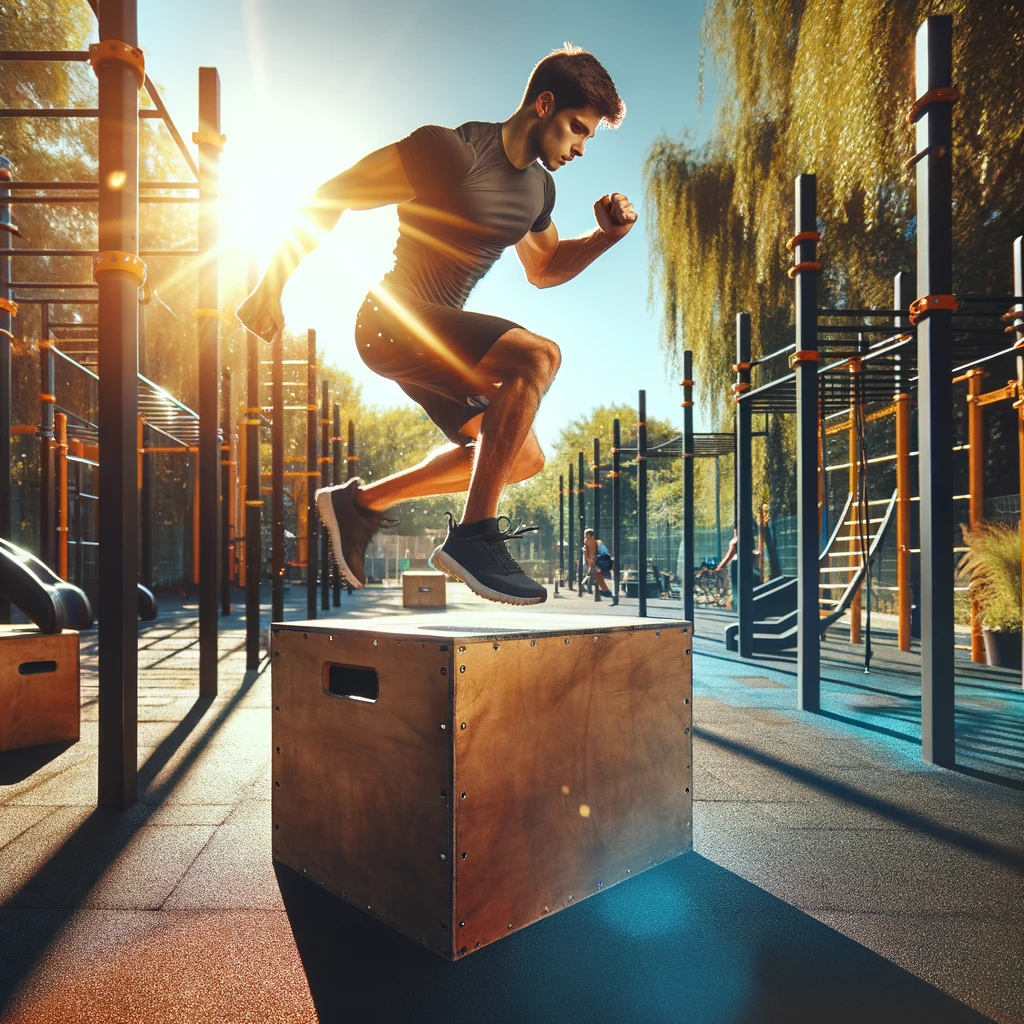
To excel in paintball, incorporating specific workouts aimed at boosting speed and agility is essential. These exercises are designed to improve your quickness on the field, enabling you to dodge opponents and capture objectives more efficiently.
Here’s a guide that includes both gym-based and field exercises tailored for paintball players.
Gym-Based Workouts
- Squats and Lunges: Strengthen your legs for powerful starts and stops, crucial for speed bursts.
- Plyometric Exercises: Include box jumps and burpees to enhance explosive power, improving your ability to quickly change directions.
- Treadmill Sprints: Short, high-intensity sprints improve your cardiovascular system, translating into better endurance and speed.
- Agility Ladder Drills: Practice both simple and complex footwork patterns to increase foot speed and coordination.
Field Exercises
- Shuttle Runs: Short, back-and-forth runs between two points to improve acceleration and agility in changing directions.
- Cone Drills: Set up cones in various patterns to practice quick pivots and turns, simulating in-game movement.
- Parachute Sprints: Running with a speed parachute adds resistance, building leg muscles for faster sprints.
- Reaction Drills: Have a partner call out directions or use visual cues to sprint, change direction, or stop abruptly, enhancing your ability to react quickly.
Incorporating these workouts into your regular training schedule will significantly improve your speed and agility on the paintball field. Consistency is key, as gradual and continuous effort yields the best results. Remember to warm up properly before engaging in these exercises to prevent injuries.
The Role of Change of Direction Drills
Change of direction drills are vital in paintball because they mirror the quick, unpredictable movements required during a game.
These drills enhance your ability to rapidly change your course without losing speed, an essential skill for dodging opponents and navigating complex terrains effectively.
Here’s how change of direction impacts gameplay and some drills to sharpen this skill:
Importance in Gameplay
- Evasion: Quick directional changes make you a harder target to hit, increasing your in-game longevity.
- Strategic Movement: Efficiently moving between cover points or objectives without predictable patterns gives you a tactical advantage.
- Reaction Time: Improving your ability to quickly change directions based on game dynamics or opponent movements keeps you one step ahead.
Drills to Improve Reaction Time and Directional Changes
- Cone Zig-Zag Drill: Set up cones in a zig-zag pattern and sprint through them, focusing on quick, sharp turns.
- Mirror Drill: Pair up with a partner who randomly changes direction, and your goal is to mirror their movements as closely as possible, enhancing reaction time and agility.
- T-Drill: Set up cones in a T-shape. Sprint to each cone, focusing on rapid stops and explosive changes in direction.
- Ladder Side-Steps: Use an agility ladder to practice side-stepping quickly through each rung, then change direction at the end and repeat. This drill improves foot speed and coordination.
Incorporating these drills into your paintball training will significantly enhance your ability to maneuver swiftly and unpredictably, giving you a distinct edge in gameplay.
Remember, the key to mastering change of direction is repetition and gradual increase in speed and complexity of movements.
High-Speed Drill Execution for Advanced Players
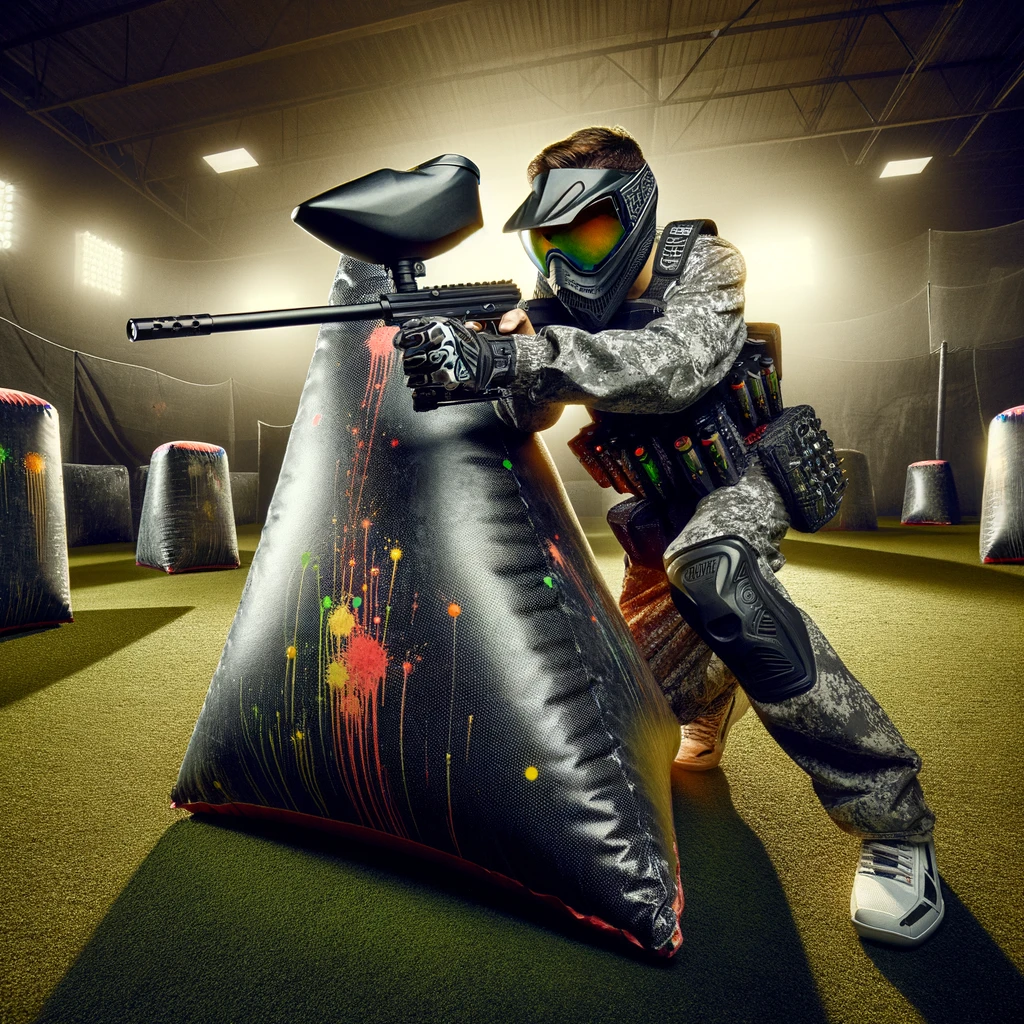
High-speed drills are crucial for advanced paintball players, closely simulating the intense pace and pressure of actual game situations. These drills are designed to push your limits, enhancing your ability to make split-second decisions and execute strategies under stress.
Here’s how they prep you for the fast dynamics of paintball:
Simulating Game Conditions
- Sprint and Shoot: This drill involves sprinting between cover points and shooting at targets with minimal stopping time. It mimics the need to move quickly while maintaining accuracy in game scenarios.
- Snap Shooting: Practicing snap shooting at high speed improves your ability to quickly pop out from cover, take a shot, and return to cover before being hit. This drill trains your reflexes and precision under speed.
- Bunker Rush: This involves charging bunkers at high speed while dodging incoming fire. It’s a test of agility, speed, and strategic thinking, as you must decide the best approach while on the move.
Preparing for Fast-Paced Scenarios
- Mental Agility: High-speed drills enhance your mental agility, enabling you to quickly assess situations and adapt strategies on the fly.
- Physical Endurance: These drills boost your physical endurance, ensuring you maintain peak performance throughout the game, even as fatigue sets in.
- Stress Management: By simulating the pressure of game conditions, high-speed drills help you learn to manage stress and remain focused, improving your in-game performance.
Incorporating high-speed drills into your training regimen prepares you for the realities of competitive paintball. The ability to remain calm, accurate, and strategic under pressure is what separates advanced players from novices.
Dedicate time to these drills, gradually increasing the difficulty to match your skill level, and you’ll see significant improvements in your game-day performance.
Incorporating Agility Ladder Drills into Your Routine
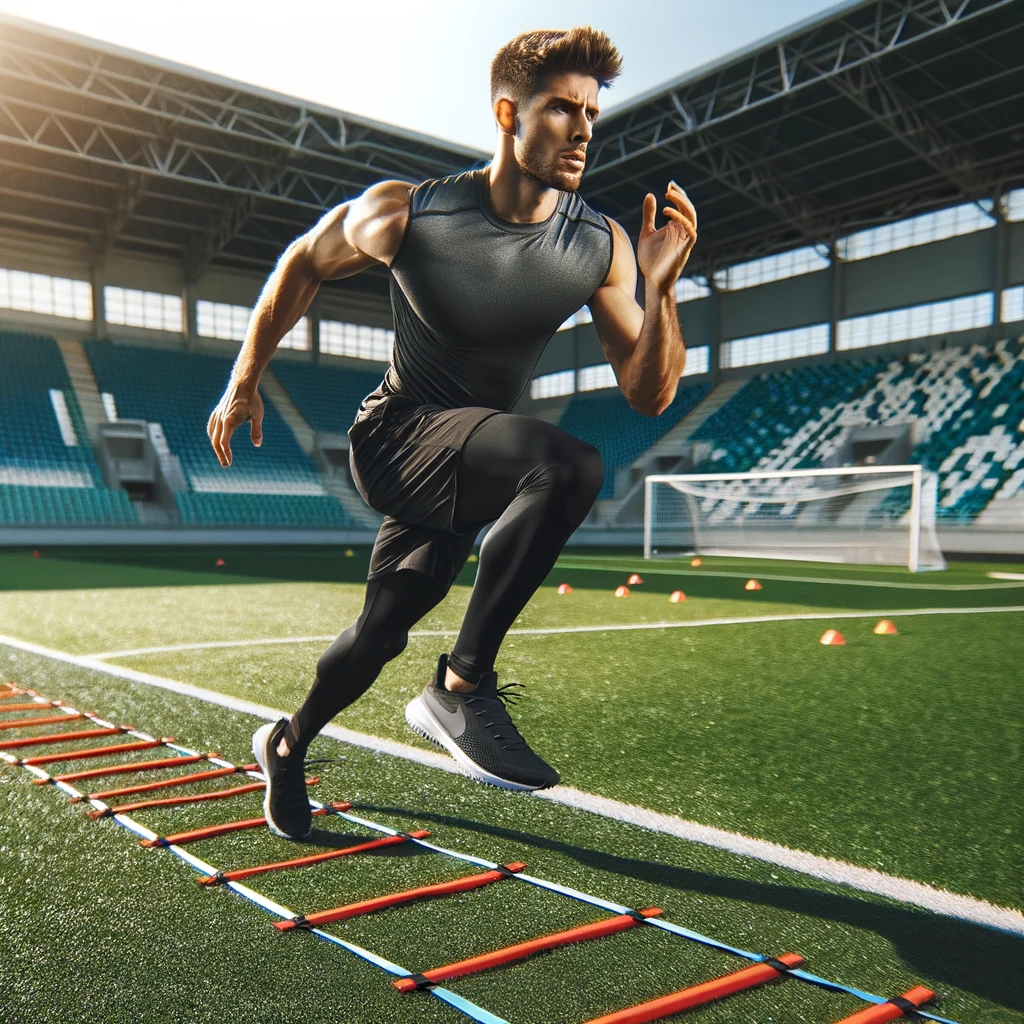
Incorporating agility ladder drills into your paintball training routine can significantly enhance your footwork and coordination, critical skills for navigating the field with precision and efficiency.
Here’s how agility ladder drills can benefit you and some steps to get started.
Benefits of Agility Ladder Drills
- Improved Footwork: These drills refine your footwork, enabling quick, controlled movements under pressure.
- Enhanced Coordination: Regular practice improves overall body coordination, essential for synchronizing movements while aiming and shooting.
- Faster Directional Changes: Agility drills train your body to swiftly change directions without losing balance or speed, a vital skill in paintball for dodging shots and repositioning.
Step-by-Step Ladder Drill Guide
- Forward Run: Begin with a simple forward run through the ladder, placing one foot in each square. Focus on quick, light steps and gradually increase speed.
- Lateral Feet In-Out: Start at one end of the ladder, moving laterally. Step into each square with both feet quickly, then step out to the side, alternating the leading foot as you progress.
- Ickey Shuffle: Starting outside the first square, step in with your lead foot, follow with your back foot, and then step out with the lead foot to the side of the next square. Repeat this pattern quickly down the ladder.
- Hopscotch: Jump with both feet into the first square, then hop out with feet landing on either side of the ladder. On the next square, reverse the movement. This drill enhances balance and explosive power.
To maximize the benefits of agility ladder drills:
- Consistency: Incorporate these drills into your regular training routine for steady improvement.
- Intensity: As you become comfortable with the movements, increase your speed and complexity of the drills.
- Footwear: Wear appropriate shoes that provide support and traction to avoid slips.
By making agility ladder drills a staple in your paintball preparation, you’ll notice a marked improvement in your maneuverability and reaction times on the field.
This advantage can make the difference in tight situations, allowing you to outmaneuver opponents with superior footwork and agility.
Practical Tips on How to Improve Speed and Agility
Improving your speed and agility for paintball—or any sport—goes beyond specific exercises. It involves a holistic approach that encompasses various aspects of your lifestyle and training regimen.
Here are practical tips to enhance these physical skills effectively.
Lifestyle and Training Tips
- Consistent Training: Consistency is key. Regular practice is essential, even if it’s just a few drills or a short workout daily. Consistency over time yields significant improvements.
- Progressive Overload: Gradually increase the intensity and complexity of your workouts. Start with simpler drills and as you improve, introduce more challenging exercises to push your limits.
- Varied Workouts: Incorporate a variety of exercises that target speed and agility from different angles. Mixing things up prevents plateaus and keeps training engaging.
- Adequate Rest and Recovery: Recovery is crucial for improvement. Ensure you’re getting enough rest between training sessions to allow your body to recover and grow stronger.
- Proper Nutrition: Fuel your body with the right nutrients. A balanced diet rich in proteins, carbohydrates, healthy fats, and hydration supports energy levels and recovery.
Enhancing Speed and Agility
- Plyometric Exercises: Incorporate plyometric exercises like jump squats and box jumps to improve explosive strength, crucial for quick starts and stops.
- Short Sprints: Practice short sprints to improve acceleration. Interval training, alternating between high-speed running and rest, can significantly boost your speed.
- Agility Drills: Use cones or agility ladders to practice drills that require quick changes in direction, enhancing both agility and coordination.
- Strength Training: Stronger muscles can exert more force, translating to faster movements. Focus on leg strength and core stability.
- Flexibility and Mobility: Improved flexibility and mobility enhance your range of motion, making it easier to perform swift, agile movements without injury.
Mental Preparation
- Visualization: Mental practice can be as effective as physical training. Visualize performing speed and agility drills or navigating the paintball field swiftly and efficiently.
- Set Clear Goals: Define specific, measurable goals for your speed and agility. This could be improving your time in agility drills or being able to perform more complex movements with ease.
- Track Progress: Keep a log of your training and progress. Recording improvements, no matter how small, can be incredibly motivating.
By integrating these strategies into your lifestyle and training, you’ll not only see improvements in your speed and agility but also in your overall performance and enjoyment of paintball.
Remember, progress takes time and dedication, so be patient with yourself and stay committed to your training regimen.
Building Endurance: The Stamina to Last
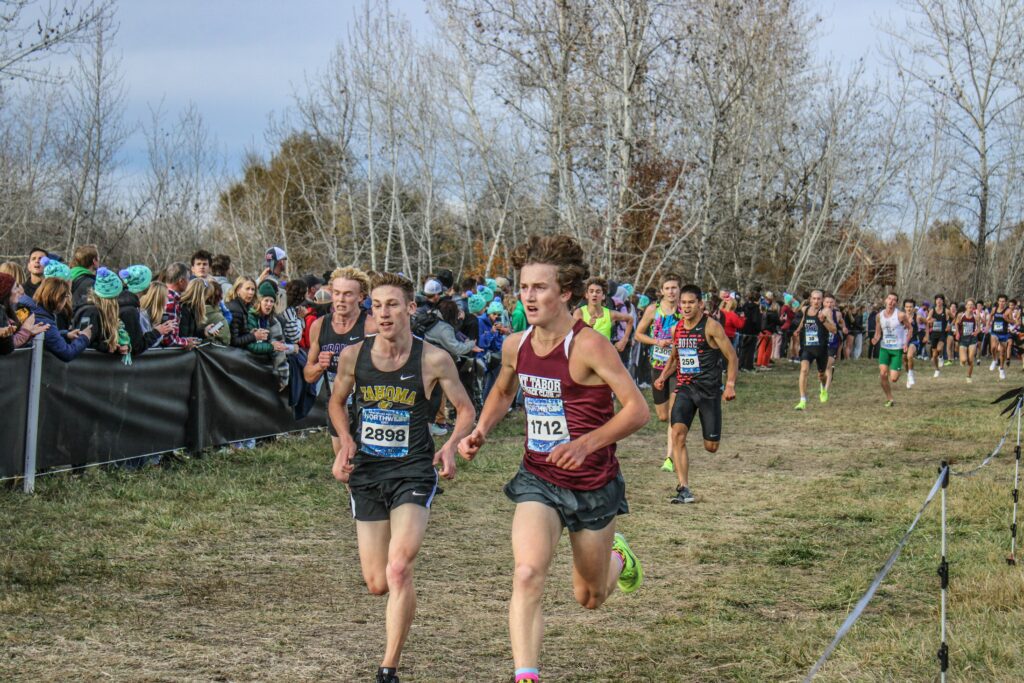
Building endurance is crucial in paintball, transforming good players into great ones. Endurance enables you to maintain high performance throughout the game, ensuring that your speed, agility, and accuracy don’t decline as the match progresses.
Here’s why stamina matters and how you can boost it.
Why Endurance Matters in Paintball
Sustained Performance: Endurance ensures you can run, dodge, and shoot effectively from the start of the game to the final whistle.
Mental Sharpness: Physical stamina contributes to mental endurance, keeping you alert and strategic under pressure.
Recovery Between Games: Strong endurance allows for quicker recovery between matches, meaning you’re ready to go again sooner.
Workouts to Improve Endurance
Cardiovascular Exercise: Incorporate regular cardio workouts, such as running, cycling, or swimming, into your routine. Aim for at least 30 minutes of moderate to intense cardio 3-4 times a week. This builds lung capacity and stamina.
Interval Training: High-Intensity Interval Training (HIIT) is excellent for paintball players. It mirrors the game’s fast-paced nature, with bursts of intense activity followed by brief rest periods. This not only improves endurance but also speed and agility.
Long-Distance Running: While sprints enhance speed, long-distance running improves your endurance. A weekly long run, gradually increasing the distance, can significantly boost your stamina.
Paintball-Specific Drills: Simulate game scenarios with drills that mimic the movements and intensity of a real match. Include activities like sprinting to cover, low crawls, and rapid direction changes.
Strength Training: Building muscle endurance is just as important. Focus on higher repetitions with lower weights to enhance muscular stamina, particularly in the legs, core, and arms.
Team Practices: Team drills that simulate match conditions can help improve individual and team endurance. They’re also a great way to make endurance training more specific to paintball.
Lifestyle Tips for Boosting Endurance
Hydration and Nutrition: Proper hydration and a balanced diet fuel your body for endurance activities. Focus on complex carbohydrates, lean proteins, and healthy fats.
Rest and Recovery: Adequate sleep and rest days are essential for recovery and endurance building. Overtraining can lead to burnout and injuries.
Cross-Training: Engage in various sports or physical activities. This not only breaks the monotony but also challenges your body in new ways, improving overall fitness and endurance.
Incorporating these strategies into your training routine can significantly improve your endurance, making you a formidable opponent in paintball. Endurance is about consistency and gradual improvement, so give yourself time and stay dedicated to see the best results.
Nutrition and Recovery: Supporting Your Physical Training

Nutrition and recovery are foundational elements that support your physical training, especially when focusing on speed, agility, and endurance in paintball.
Here’s how you can optimize your diet and recovery practices.
Nutrition for Paintball Players
Carbohydrates for Energy: Carbs are your primary fuel source during high-intensity activities. Opt for complex carbohydrates like whole grains, fruits, and vegetables, which provide a steady energy release.
Proteins for Muscle Repair: After rigorous training or gameplay, your muscles need to repair and grow. Include lean protein sources, such as chicken, fish, tofu, and legumes, in your meals to support muscle recovery.
Healthy Fats for Endurance: Fats are essential for long-term energy. Incorporate sources of healthy fats like nuts, seeds, avocados, and olive oil into your diet.
Hydration is Key: Staying hydrated is crucial for maintaining peak performance. Water regulates your body temperature and lubricates your joints. Drink plenty of water throughout the day, especially before, during, and after training or matches.
Timing Your Meals: Eat a balanced meal 2-3 hours before your training to ensure you have the energy you need. Post-training, consume a mix of proteins and carbohydrates within 30 minutes to kickstart the recovery process.
Recovery Practices
Adequate Rest: Your body repairs itself during sleep, making adequate rest crucial for recovery and performance. Aim for 7-9 hours of quality sleep per night.
Active Recovery: Gentle movement on your rest days, such as walking, yoga, or light stretching, can help promote blood flow and aid muscle recovery without overexertion.
Post-Training Stretching: Incorporate stretching after your workouts to reduce muscle tightness and increase flexibility, which can help prevent injuries.
Foam Rolling: Self-myofascial release techniques, like foam rolling, can help relieve muscle tightness and improve your range of motion, aiding in faster recovery.
Cold Therapy: Cold showers or ice baths post-training can reduce inflammation and muscle soreness, speeding up the recovery process.
Listen to Your Body: Pay attention to signs of overtraining or fatigue. If you’re feeling overly tired, sore, or notice a decrease in performance, it might be time to adjust your training intensity or take an extra rest day.
Combining proper nutrition with effective recovery practices forms a solid foundation that supports your physical training, helping you to improve speed, agility, and endurance in paintball.
Remember, taking care of your body off the field is just as important as the effort you put in on the field.
Concluding our Guide to Improving Speed and Agility
Speed, agility, and endurance form the core trio that elevates your game in the dynamic world of paintball.
The mastery of these elements not only enhances your ability to maneuver through the field with ease but also empowers you to maintain peak performance from the beginning to the end of each game.
Their impact on your strategic play cannot be overstated; they’re the difference between being caught off-guard and outpacing your opponent to the flag.
Therefore, incorporating focused speed, agility, and endurance workouts into your training regimen is essential for any paintball enthusiast aiming for the top.
By dedicating time to refine these physical attributes, you’ll notice significant improvements in your gameplay, reaction times, and overall stamina on the field. Embrace the challenge, push your limits, and watch as your efforts translate into unmatched performance and, ultimately, game-winning prowess.
